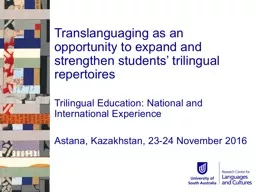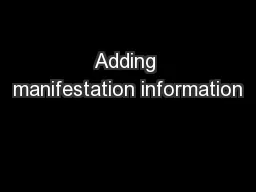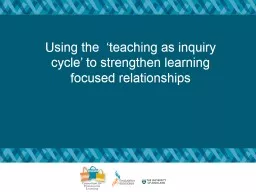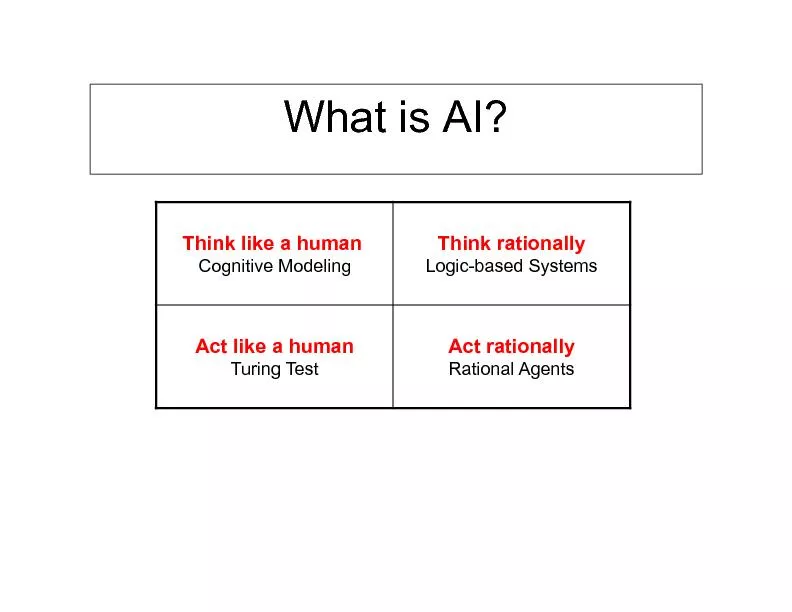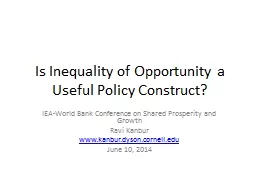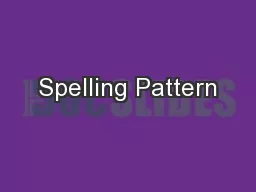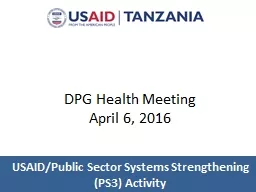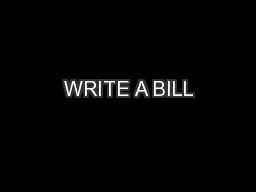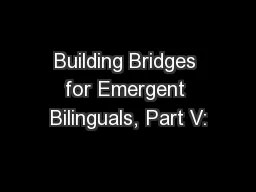PPT-Translanguaging as an opportunity to expand and strengthen
Author : giovanna-bartolotta | Published Date : 2017-06-08
Trilingual Education National and International Experience Astana Kazakhstan 2324 November 2016 Conventional view the vertical view of languages as separated from
Presentation Embed Code
Download Presentation
Download Presentation The PPT/PDF document "Translanguaging as an opportunity to exp..." is the property of its rightful owner. Permission is granted to download and print the materials on this website for personal, non-commercial use only, and to display it on your personal computer provided you do not modify the materials and that you retain all copyright notices contained in the materials. By downloading content from our website, you accept the terms of this agreement.
Translanguaging as an opportunity to expand and strengthen: Transcript
Download Rules Of Document
"Translanguaging as an opportunity to expand and strengthen"The content belongs to its owner. You may download and print it for personal use, without modification, and keep all copyright notices. By downloading, you agree to these terms.
Related Documents

